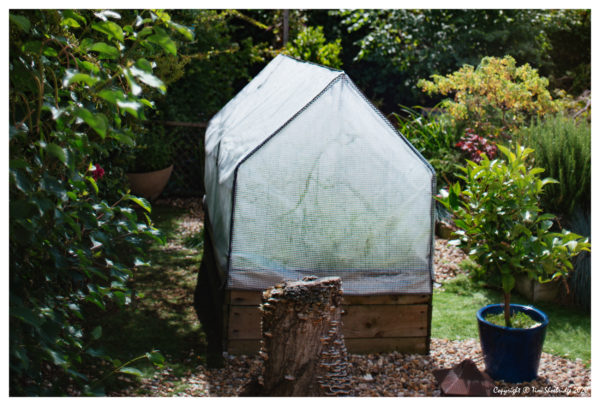Finding Inspiration in Macro Photography
We all appreciate beautiful photos of beautiful or exotic locations, and as photographers we long for the opportunity to capture those kinds of images. But when we are stuck in our routines and don’t have the luxury of travel to far-flung places, then the challenge for all us photographers is to find inspiration in the very familiar surroundings that we live in.
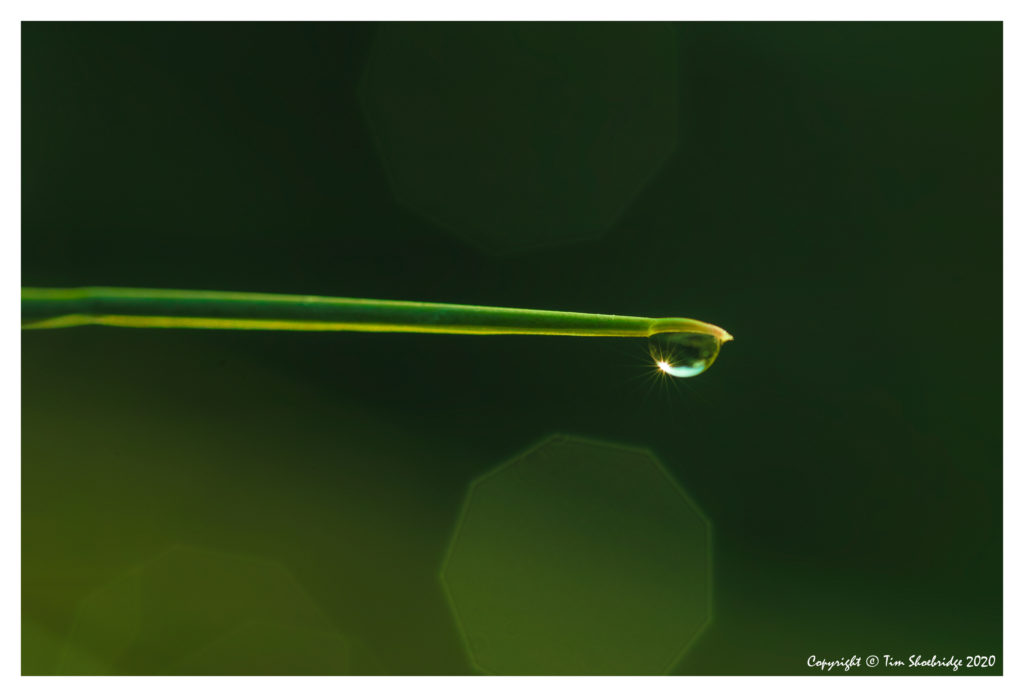
This is a serious challenge, how many times have you looked out your window, walked up your street, made that journey to work or to the shops? It’s not at all easy to find subjects to photograph, everything seems so familiar, nothing inspires us, we’ve seen those same scenes a million times before.
And of course this on-going dreadful pandemic has magnified the tedium of our lives one thousand times. We’ve been stuck in our homes for months, and when we do go out it is in a furtive and anxious fashion. For many people the prospect of a holiday this year is looking vague or else too risky. And as we make our first faltering attempts as a society to get back to normal, the reality is that nothing much has changed, the disease is still out there and 92% of the population is yet to catch it. There is no “normal” any more.
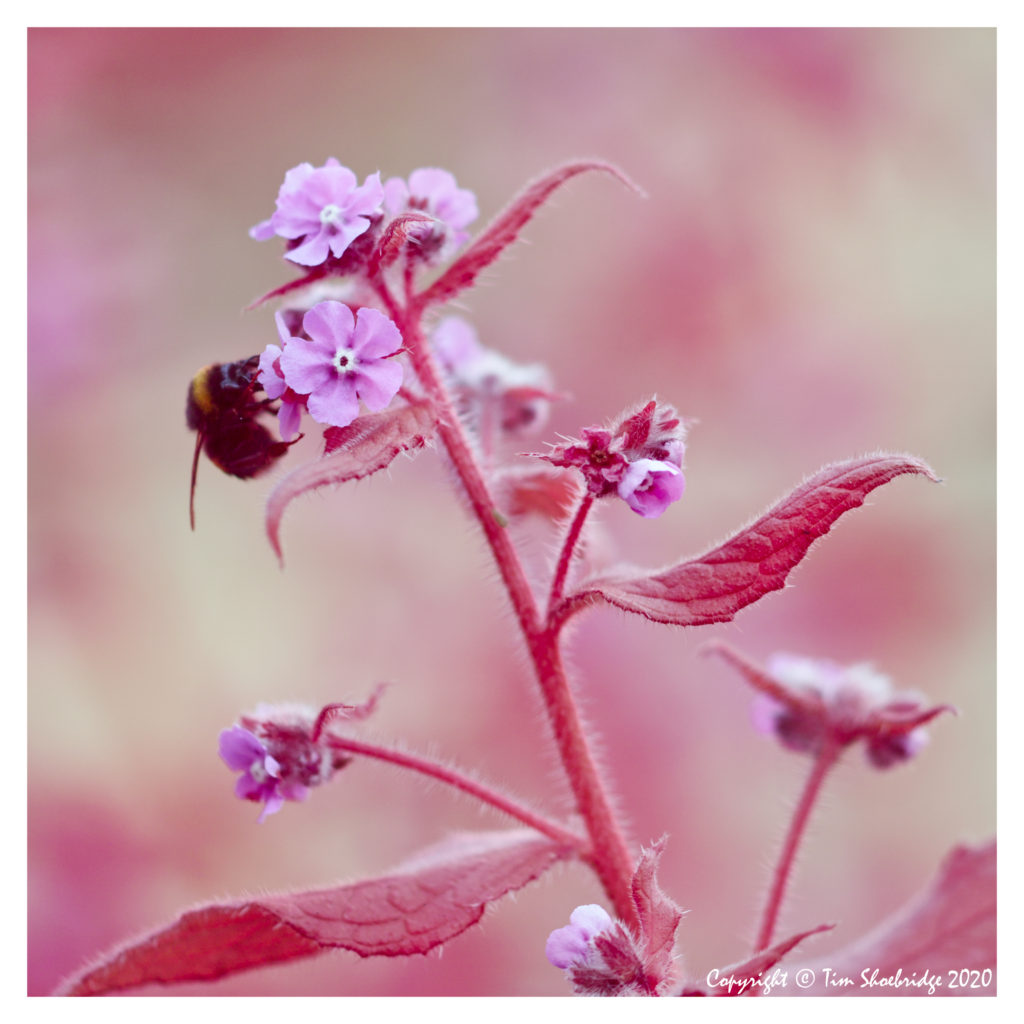
It’s in times of tedious routine without opportunities to travel anywhere that I always turn to experimenting with different equipment and techniques. Try shooting a different format, try shooting film, try some unusual lenses, try using creative filters, try finding different viewpoints, try learning some new processing techniques. And for me very personally, I love shooting video as much as stills, and the switch from one to the other can be a great source of inspiration even if my surroundings aren’t.
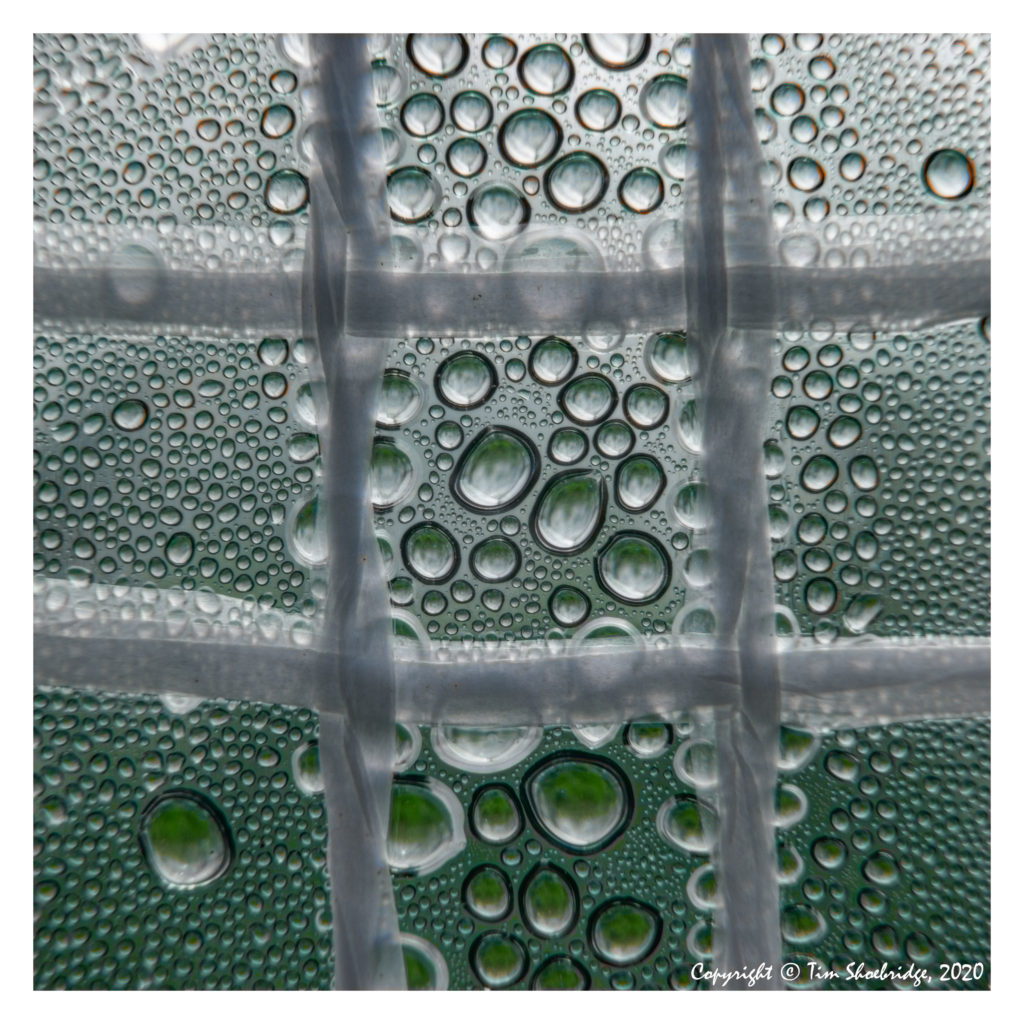
The images I am sharing in this article are just one example of me trying something different. Some of you no doubt shoot macro images a lot or even make it your living. But for most of us, macro photography is a step into the unknown. If you want to shoot moving subjects such as insects then it quickly becomes a specialist subject, you need to know as much about the habits of the subject you are shooting as you do about the equipment that you shoot with. The challenges of macro photography are magnified (if you excuse the pun!) as soon as your subject has a will of its own and does not feel like staying still for you! That’s when you need to turn to specialist lighting, the use of strobe flash to suspend motion, the use of multiple flash units with special brackets or ring flash attachments. If you are new to macro photography then I suggest you start your journey looking for static subjects because even things that don’t move pose problems.
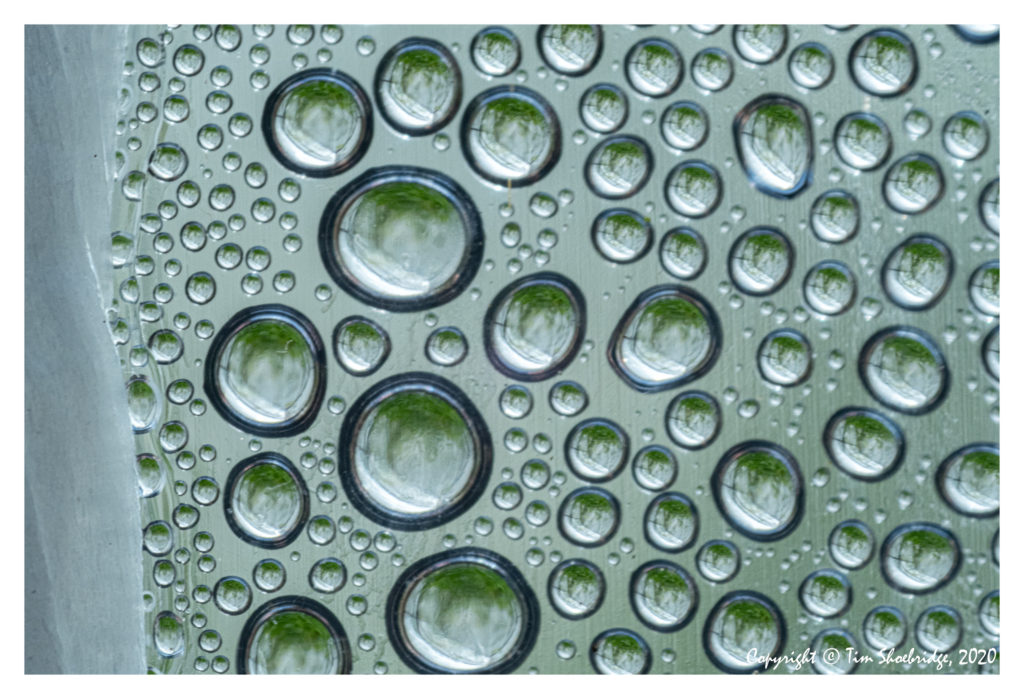
The first problem with a static subject is still movement. Not the subject’s movement but yours. It really pays to use a sturdy tripod with a sturdy tripod mount. The tiniest of vibration is magnified massively when you focus very close to a subject.
The second problem is exposure. The greater the magnification, the darker the scene becomes. You need very good light, or long shutter speeds, to get the shot you want which again points to the need for a good tripod.
The third major problem is focus. At large magnifications your lens will exhibit razor thin depth of field. Even closing down the aperture as far as is acceptable from a diffraction point of view is unlikely to help you get all your subject in focus. It is at this point that we turn to focus stacking – basically making multiple exposures at slightly different focus distances and merging those images together in post production.
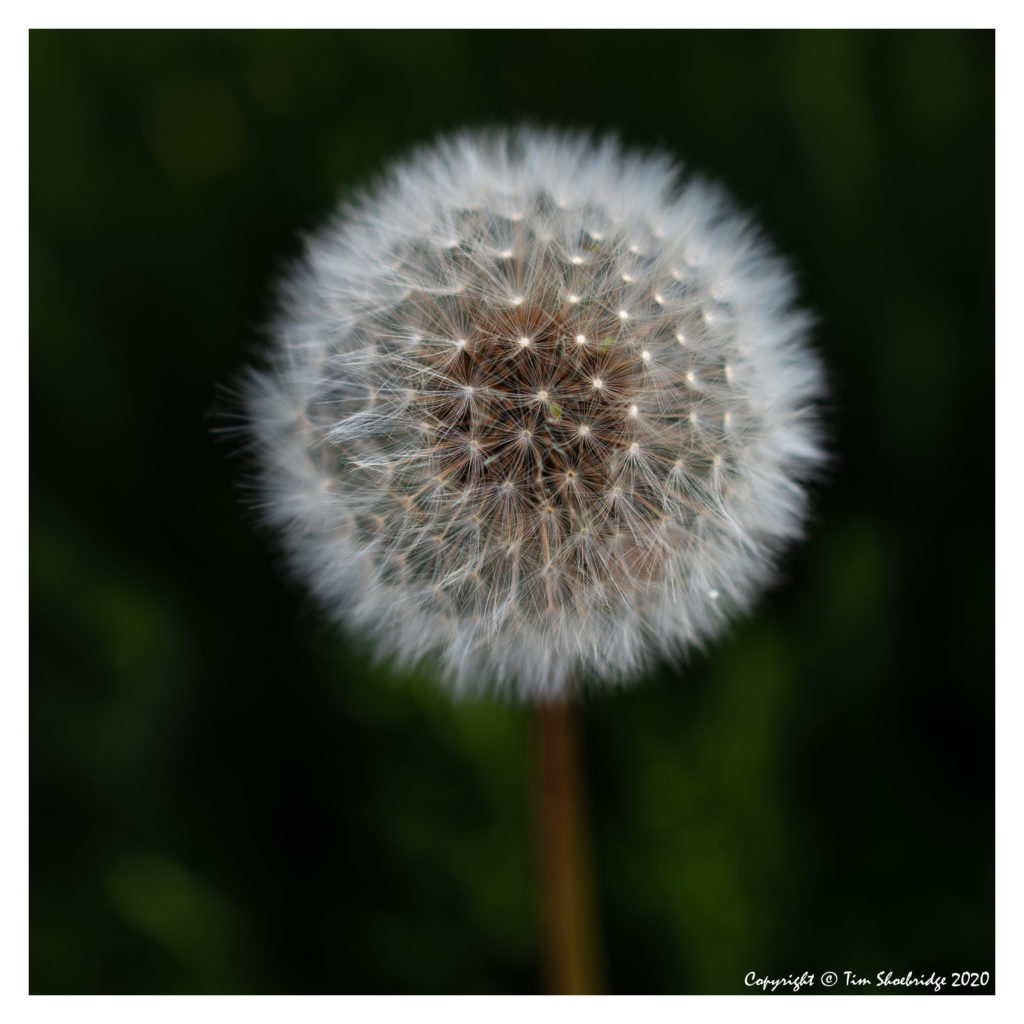
Setting your camera up on a tripod, using artificial lighting, getting optimal focus on a sometimes tiny subject, all this requires patience and discipline. It’s not everyone’s cup of tea. Sometimes I enjoy the challenge but mostly I want freedom, I want to hand-hold my camera, to have fun but not feel constrained by the situation. It is at times like these that choice of subject becomes the biggest challenge. The images I am sharing in this article were all shot outside at the lightest time of the day, and the magnification is far from high. Both these factors allowed me to shoot hand-held with some degree of success.
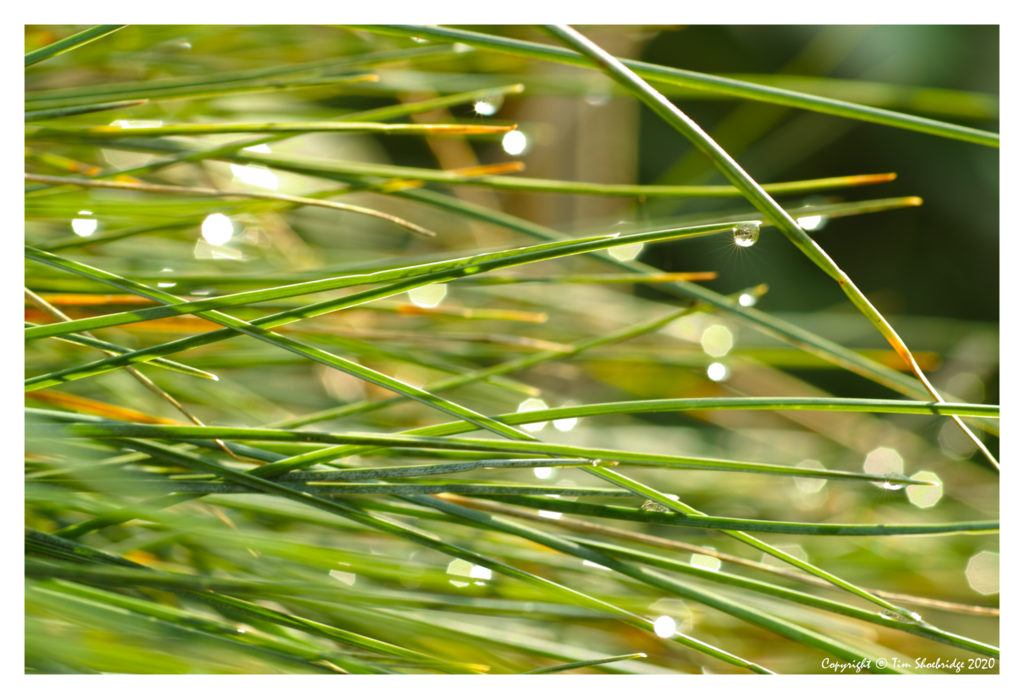
So the one thing I have forgotten to mention so far is how to get super magnified images in the first place! There are a few options:
First, you can get “close-up” lenses, basically they are magnifying lenses that you screw on to the front of your existing lens like a filter. but they don’t tend to magnify very strongly.
Second, you may be able to get a “reverse” ring for your camera’s lens mount. This ring allows you to mount your lens backwards onto your camera thereby allowing you to use it for highly magnified macro photography. The reverse ring is dependent on your camera mount on one side and the diameter of your lens’ filter thread on the other.
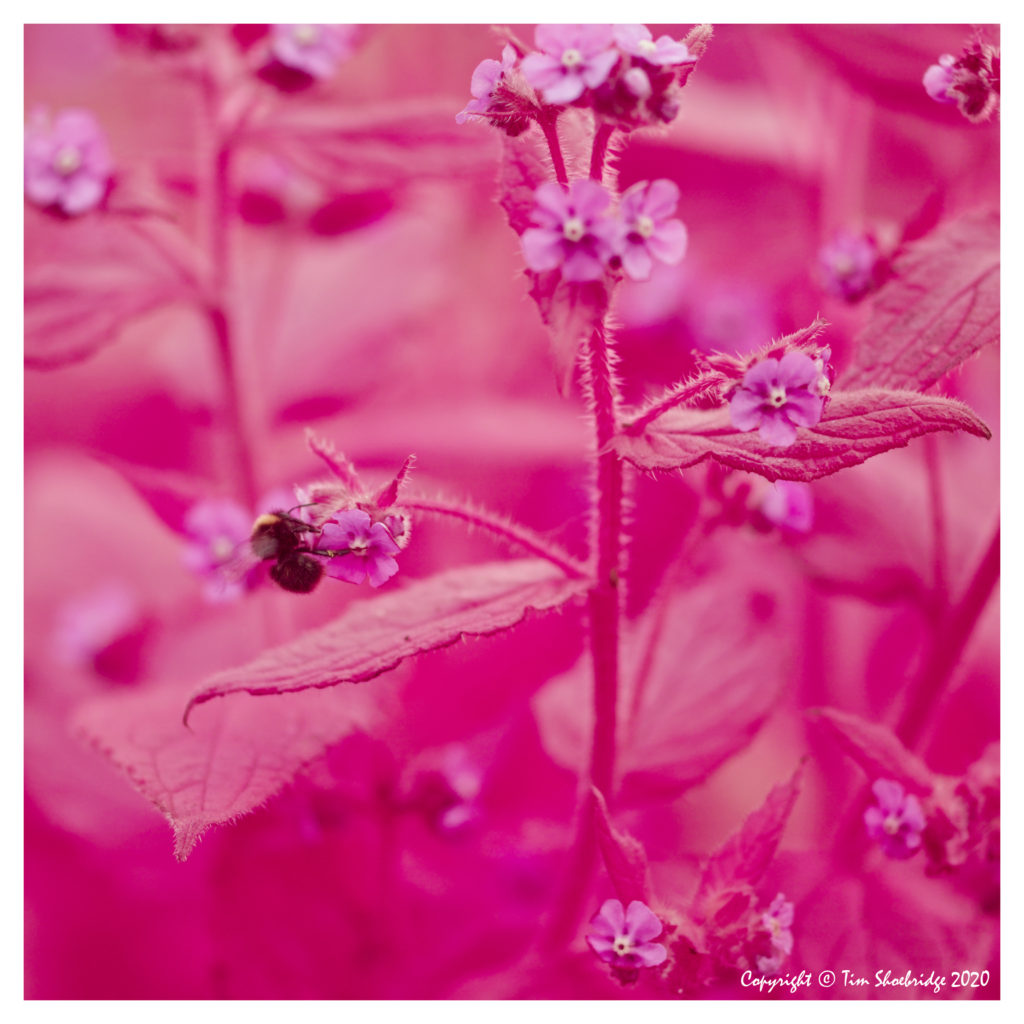
Third, you can get macro extension tubes. They generally come as a set of two or three different lengths and are tubes that fit between your camera body and the lens you are using. They simply move your lens further away from the camera sensor which means they shift the focus point a lot closer to the lens. Extension tubes are specific to your camera’s lens mount.
Fourth, and a similar idea to extension tubes, is the extension bellows. This gives the most flexibility and the most magnification, but it is more unweildy to use than tubes.
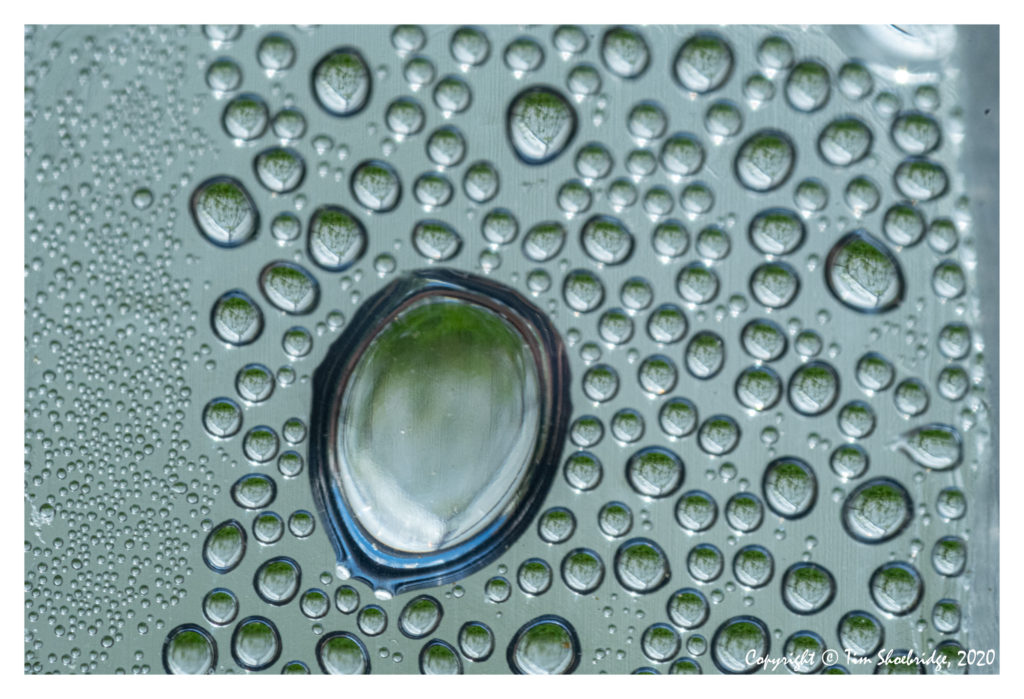
Finally, the most commonly used choice, a dedicated macro lens. Macro lenses are designed to focus very close so they generally give the best quality image with the flattest focal plane. If they don’t focus close enough for your needs then you can always use extension tubes or even a bellows to further increase their magnification.
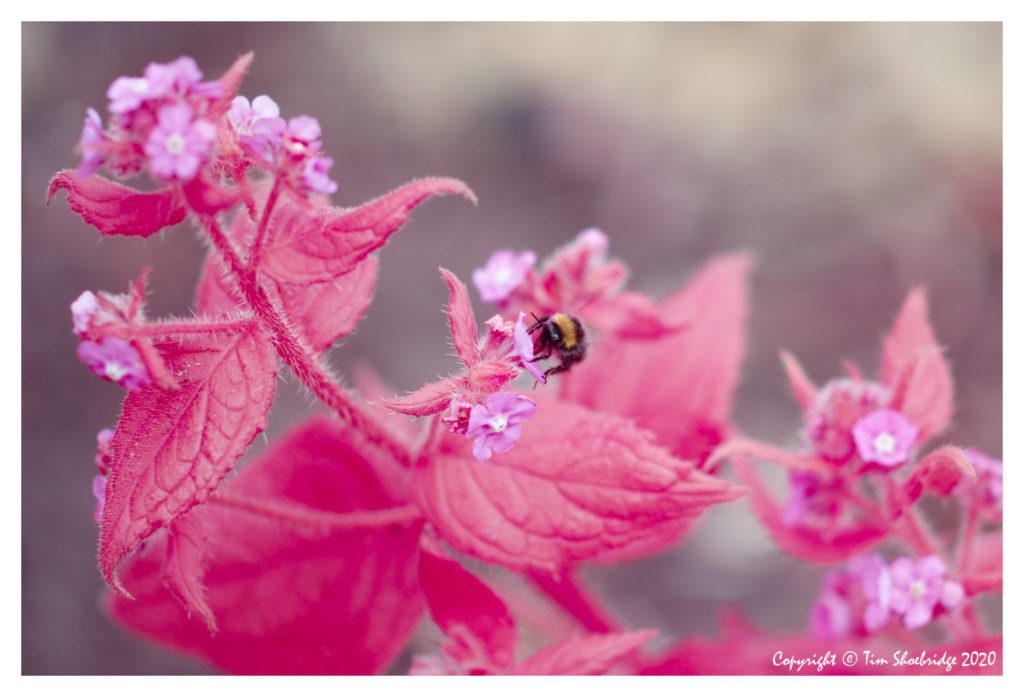
If you have not tried macro photography before then I definitely recommend trying it out as a way of finding some different subjects and different perspectives. You can equally find interesting subjects indoors as well as out and the price of entry is not huge – extension tubes are most likely the cheapest and most flexible option. Happy shooting!
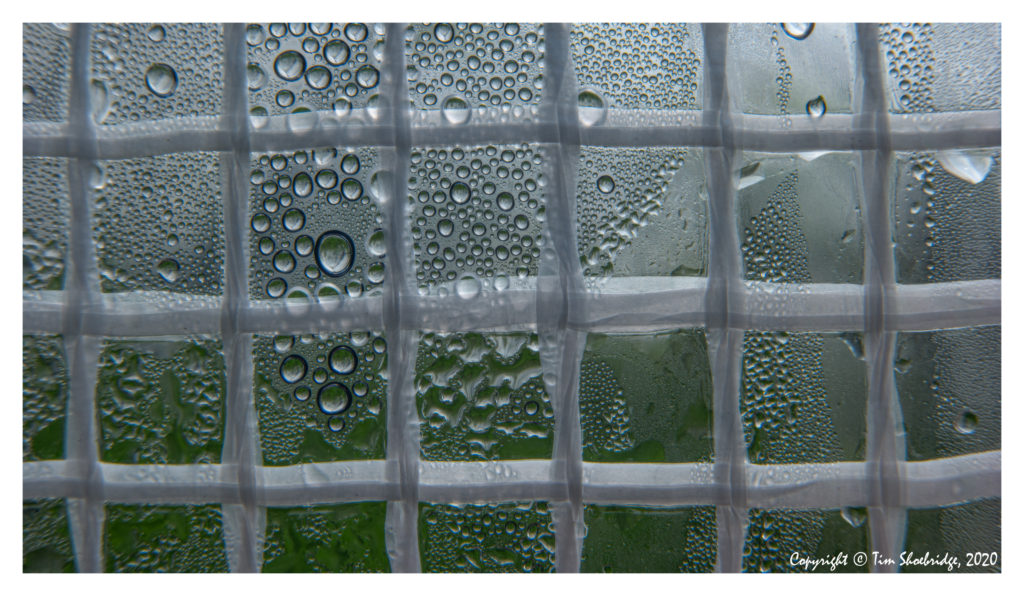
PS. In case you were wondering, those shots of condensation are extreme close-ups of this protective garden cover called a cold frame…
